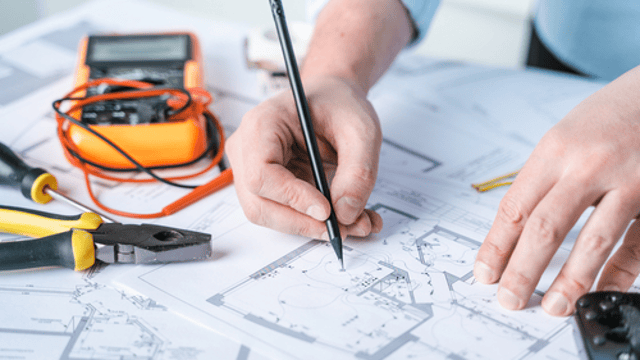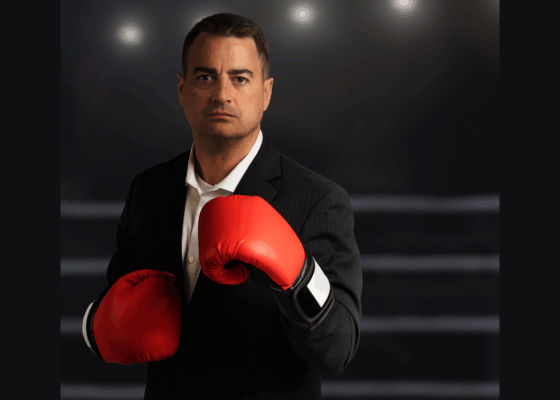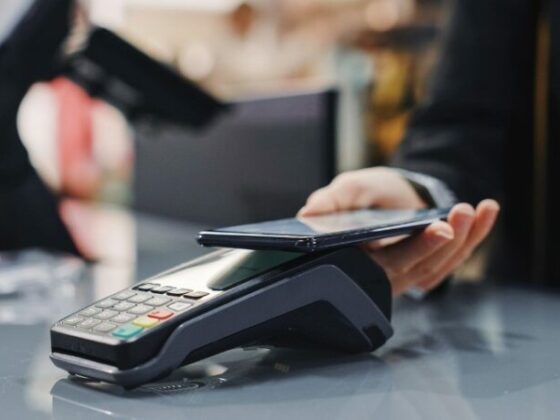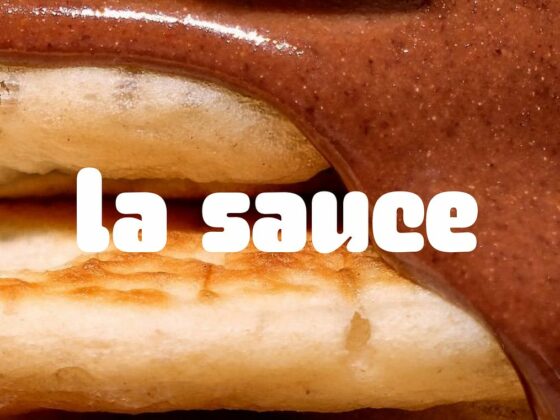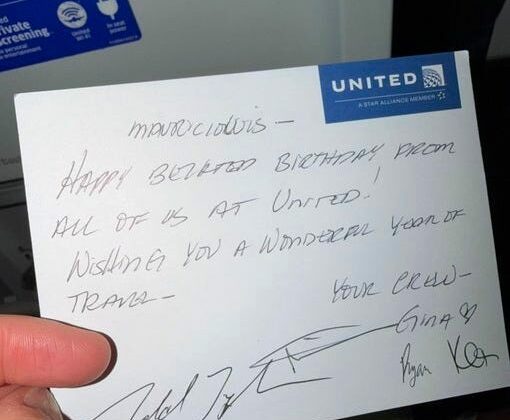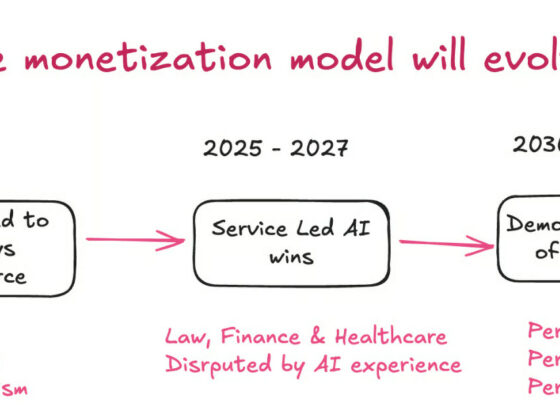
Walk into a café today and you might be greeted by a smiling barista. Walk into one tomorrow, and it could be a robot with a glass of cold water. The difference isn’t just in who’s serving — it’s in how it feels.
For all the buzz about automation and AI in hospitality, the real question isn’t how advanced the tech is. It’s how human it can be. Because in foodservice, the biggest wins won’t come from faster hardware or more efficient workflows — they’ll come from moments that make people feel seen, surprised and genuinely delighted.
I believe that design is what turns tech into experience. It is design that makes tech palatable for the everyday person. And that experience is what will define the next era of cafés, restaurants, and labor-light kitchens.
What’s Actually Broken?
Let’s be honest: hospitality is under pressure. Staffing costs are up. Customers want more, faster, for less. And behind the scenes, kitchen workflows are creaking under demand. Operators are searching for scalable answers, and tech is often seen as the solution.
But not all tech is equal.
Throw in the wrong touchscreen or clunky robot, and you’ve solved one problem while creating three new ones. Customers feel it — the cold awkwardness of a poorly designed interface, or the uncanny blankness of a digital “assistant” that doesn’t quite understand what they need.
What’s missing isn’t more data or code. What’s missing is design thinking — the kind that sees through the eyes of the guest and staff, and knows that what matters isn’t just what happens, but how it feels.
